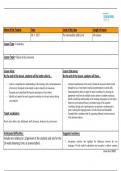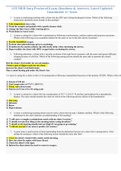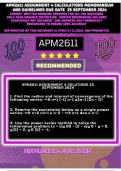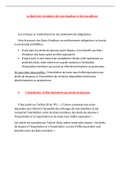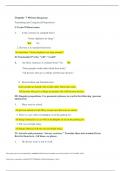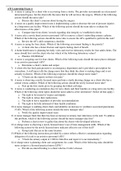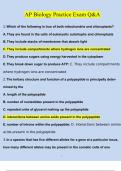Other
TEFL Assignment 1 - Vocabulary Lesson Plan [Objects in the Classroom] - RECENT DOCUMENT
- Course
- Institution
This is a lesson plan for vocabulary for the topic "Objects in the Classroom." This is a recent document with a very thorough, well-researched, and well-presented lesson plan, which includes materials used and references. This document will help you save time and deliver the best lesson plan possib...
[Show more]
